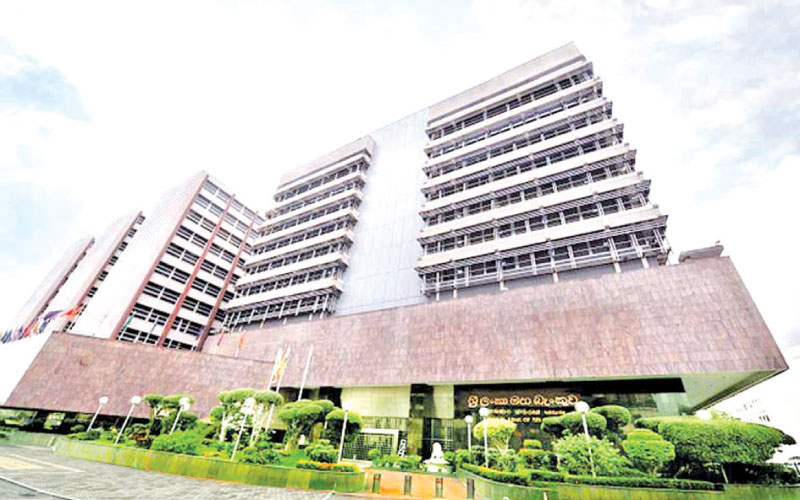The Monetary Board of the Central Bank of Sri Lanka, at its last meeting decided to maintain policy interest rates at their current levels.
Accordingly, the Standing Deposit Facility Rate (SDFR) and Standing Lending Facility Rate (SLFR) of the Central Bank will remain at 8 per cent and 9 per cent, respectively.
The Board considered current and expected developments in the domestic economy and the domestic financial markets as well as the global economic environment, with the broad aim of stabilising inflation at mid single digit levels in the medium term to enable the economy to achieve its potential growth.
As per the provisional estimates of the Department of Census and Statistics (DCS), the Sri Lankan economy recorded a modest real GDP growth of 2.9 per cent, year-on-year, during the third quarter of 2018, compared to the revised growth of 3.6 per cent in the second quarter of 2018. As per the available economic indicators and other economic developments, real GDP growth is likely to be low in the fourth quarter of 2018 as well, before picking up gradually in 2019.
The continued low economic growth reemphasises the need for implementing broad based structural reforms without further delay.
The reduction of the Statutory Reserve Ratio (SRR) at the last monetary policy review in November 2018 released around Rs. 90 billion of rupee liquidity to the banking system. However, the liquidity deficit has widened thereafter, and the Central Bank continued its open market operations (OMOs) cautiously to manage liquidity on overnight, short term and long term basis as appropriate.
In spite of the increased cost of funds and tight liquidity conditions, the year-on-year growth of credit to the private sector accelerated since September 2018, partly reflecting the private sector advancing its activities in anticipation of measures by the government and the Central Bank to curb excessive import growth.
Headline inflation, based on both the National Consumer Price Index (NCPI) and the Colombo Consumer Price Index (CCPI), and remained in low single digit levels. Core inflation also remained subdued thus far in 2018.
Recent downward adjustments to fuel prices and selected administratively determined prices, as well as the reduction of Special Commodity and telecommunication levies, along with the ongoing recovery in the agriculture sector are expected to impact favourably on inflation in the near term.
Volatile global commodity prices, possible weather related disruptions to domestic supply chains due to unpredictable weather patterns, and the possible pass-through of the effect of the rupee depreciation in recent months to domestic prices pose risks to the inflation outlook.
The current projections show that inflation, on average, will remain below 5 per cent in 2019 and stabilise in the range of 4-6 per cent thereafter with appropriate policy adjustments.
The trade deficit widened further in the first ten months of 2018 with the expansion in import expenditure outpacing the growth of export earnings. However, a moderation in import expenditure is expected, in response to the measures adopted to curb imports of motor vehicles and non-essential goods as well as the impact of the depreciation of the rupee.
While earnings from tourism continued to grow, a slowdown in workers’ remittances was observed. In the financial account, both the government securities market and the Colombo Stock Exchange experienced net outflows of foreign investment, although marginal inflows have been observed in December.
The widening trade deficit, tight conditions in the global markets and excessive speculation in the domestic market exerted pressure on the exchange rate, and the Sri Lankan rupee depreciated by 15.9 per cent against the US dollar thus far during 2018 up to 27 December.
Meanwhile, gross official reserves amounted to US dollars 7 billion at end November 2018, providing an import cover of 3.7 months.
Although inflation remains subdued and economic growth remains below potential, the Monetary Board was of the view that it is appropriate to continue the current monetary policy stance to stabilise overall economic conditions and domestic financial markets in a context where there has been an uptick in private sector credit as well as continued pressure on external reserves.
Accordingly, the Monetary Board decided to maintain the Standing Deposit Facility Rate (SDFR) and Standing Lending Facility Rate (SLFR) of the Central Bank at their current levels.



Add new comment